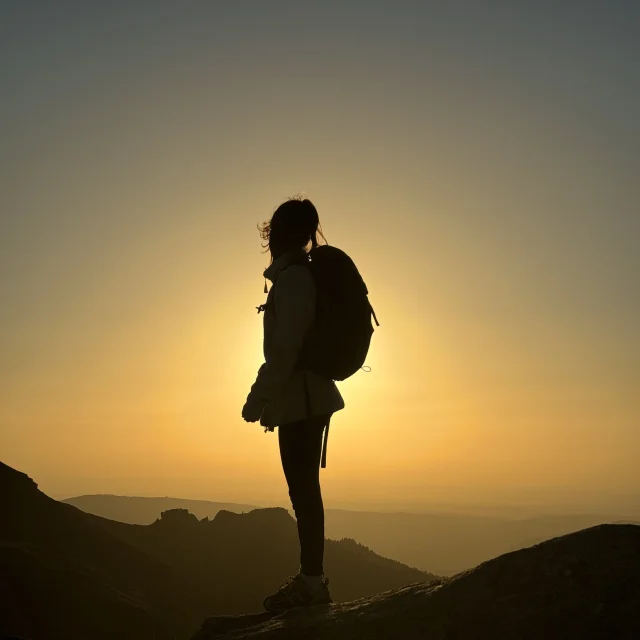Preparation is the key to a successful tour.
Before you set off, choose an itinerary suited to your level and desires. Use GPS hiking apps to find routes that match your expectations and visualize their layout. Complete this preparation with a paper map to anticipate areas without a network. Analyze the gradient, estimated duration and total distance to avoid unpleasant surprises. Check the weather forecast and adjust your equipment accordingly.
Don’t forget to pack the essentials in your bag: a first-aid kit with bandages, disinfectant and compresses; a survival blanket to protect you against the cold, damp or wind; a whistle to sound the alarm in case of need; a headlamp if it gets dark before you return; a portable battery in addition to a fully-charged phone; a map to compensate for any lack of network.
Inform your friends and family of your route. Share with them your itinerary, estimated time of return and, if possible, your live location.
 Jordanne Valley
Jordanne Valley













